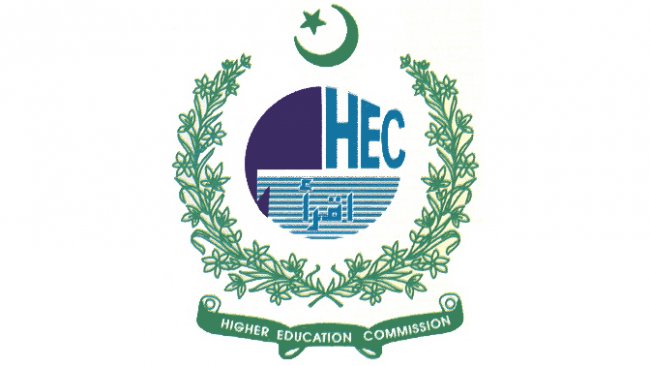Investigating Dissimilarities in the Morphosyntax of Urdu, Punjabi and English Languages
Keywords:
English language, linguistic diversity, morphosyntax, Punjabi, UrduAbstract
Pakistan has a rich linguistic diversity with several regional languages. However, with the increasing influence of globalization, people are shifting towards English because of its attribution to social, educational and professional mobility in Pakistan. This language shift comes with various challenges that reflect the complex correlation between languages and cultures. Hocket (1958) connects the language learning process with cultural transmission which means a native knowledge once acquired influences second language acquisition because the mother tongue knowledge provides a solid formation of cognitive abilities and thinking patterns of an individual which interferes the second language learning. Therefore, this study examines the morphological and syntactic dissimilarities between the native (Punjabi, Urdu) and foreign (English) languages. Additionally, it addresses the interferences between the languages that lead to errors in the target language. For this purpose, a morphosyntax of Urdu, Punjabi and English languages is examined. The findings reveal the significant differences in the morphological and syntactic structures of these three languages and learners tend to apply native rules and structures to the target language that leads to errors. Thus, this study is significant in addressing language barriers aiming to suggest pedagogical strategies to address the linguistic difficulties of English language learners in a multilingual society.







